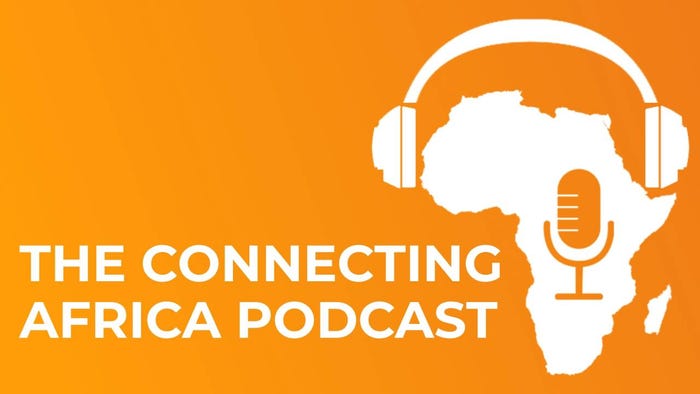Google Translate adds 25+ African languages
Google Translate is using artificial intelligence (AI) to add 110 new languages to its translation service and about a quarter of the new languages come from Africa.

Google Translate is using artificial intelligence (AI) to add 110 new languages to its translation service and about a quarter of the new languages come from Africa.
The new additions represent Google Translate's largest expansion of African languages to date.
The new list includes the languages of Fon (primarily spoken in Benin); Kikongo (Republic of Congo, Gabon and Angola); Luo (Kenya and Tanzania); Ga (South Eastern Ghana); Wolof (Senegal); Siswati (Eswatini and South Africa); Tshivenda (South Africa, Zimbabwe and Mozambique); Afar (Djibouti, Eritrea and Ethiopia); NKo (Guinea, Guinea-Bissau, Mali, Ivory Coast, Burkina Faso and some other West African countries); Tamazight (also known as Amazigh and spoken in Morocco and Algeria).
Google said the new list of 110 new languages represents more than 614 million speakers, opening up translations for around 8% of the world's population.
"Some are major world languages with over 100 million speakers. Others are spoken by small communities of Indigenous people, and a few have almost no native speakers but active revitalization efforts," the company said.
AI models assist with translation
The additions are part of Google's 1,000 Languages Initiative – a commitment to build AI models that will support the 1,000 most spoken languages around the world – and the latest expansion uses the PaLM 2 large language model.
PaLM 2 is Google's next-generation language model with improved multilingual, reasoning and coding capabilities "that builds on Google's legacy of breakthrough research in machine learning and responsible AI," the company said.
In May 2022, Google Translate also added 24 more languages using Zero-Shot Machine Translation, where a machine learning model learns to translate into another language without ever seeing an example.
The 2022 update added the African languages of Bambara (Mali); Ewe (Ghana and Togo); Krio (Sierra Leone); Lingala (Democratic Republic of the Congo, Republic of the Congo, Central African Republic, Angola and South Sudan); Luganda (Uganda and Rwanda); Oromo (Ethiopia and Kenya); Sepedi (South Africa and Botswana); Tigrinya (Eritrea and Ethiopia); Tsonga (Eswatini, Mozambique, South Africa and Zimbabwe); and Twi (Ghana).
"Google Translate breaks down language barriers to help people connect and better understand the world around them," the company said in a statement.

oogle has committed to build AI models that will support the 1,000 most spoken languages around the world. (Source: DC Studio on Freepik)
For South Africa specifically, the addition of Siswati and Tshivenda brings the total number of South African languages on Google Translate up to nine out of 12 (with South African Sign Language [SASL] added to the previous 11 official languages in July 2023).
"Language is an essential part of how people communicate, understand, and interact with the world around them so we are very excited about this latest expansion," Google South Africa's communications manager, Siya Madikane, told Connecting Africa via email.
Madikane said a lot of consideration goes into new language additions for Google Translate, ranging from which languages to include to the use of specific spellings.
"Many languages do not have a single, standard form, so learning the specific dialect that is spoken the most in an area is more feasible. Our approach has been to prioritise the most commonly used varieties of each language," he added.
Google said that PaLM 2 played a crucial role in assisting the team translate more efficiently and learn languages that are closely related to each other.
"As advancements in technology continue to occur, Google will continue to partner with expert linguists and native speakers – to support even more language varieties and spelling conventions over time," Google added.
Related posts:
— Paula Gilbert, Editor, Connecting Africa


.jpg?width=700&auto=webp&quality=80&disable=upscale)
_(1).jpg?width=700&auto=webp&quality=80&disable=upscale)
_(1).jpg?width=700&auto=webp&quality=80&disable=upscale)
_(1).jpg?width=700&auto=webp&quality=80&disable=upscale)

.jpg?width=700&auto=webp&quality=80&disable=upscale)

